I’m very new to assembling circuits. I don’t understand why the capacitor in an Esaki oscillator discharges, causing the LED to flash.
From my understanding of capacitors (I’m sure there is something I’m missing), the capacitor should charge up to V_EC+V_LED and stay charged at that since the source is supplying enough voltage to get across V_EC+V_LED, which in my case was around 10.06V. When I remove the capacitor, the LED will stay on, but when I leave the capacitor in the circuit the LED will flash. Why does this happen?
Please disregard the value of the source voltage on the image. My values are:
- V_cc=12.80V
- R1=440ohms
- C=100uF
- V_LED=1.83V
- V_EC=8.23V
I am using a BC547 transistor.
I’ve been reading Colin Mitchell’s capacitor section in his Electronic Circuits book, and read about capacitors “jumping up and down." I don’t know if that has something to do with why this happens, and if so, I can’t figure out why.
